Text


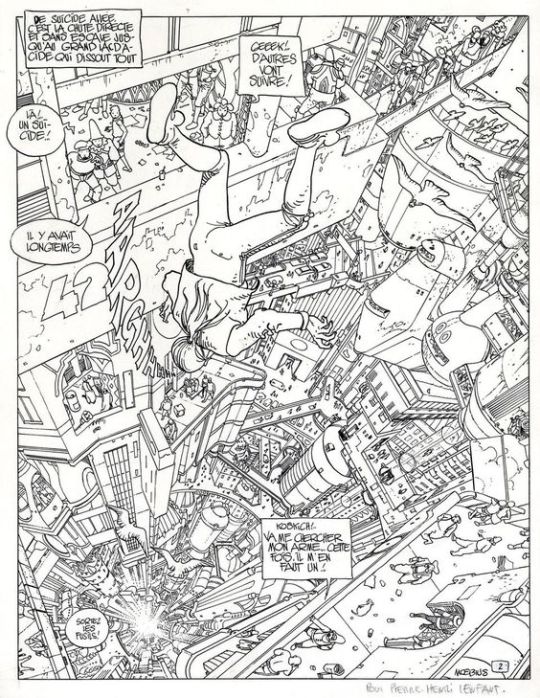





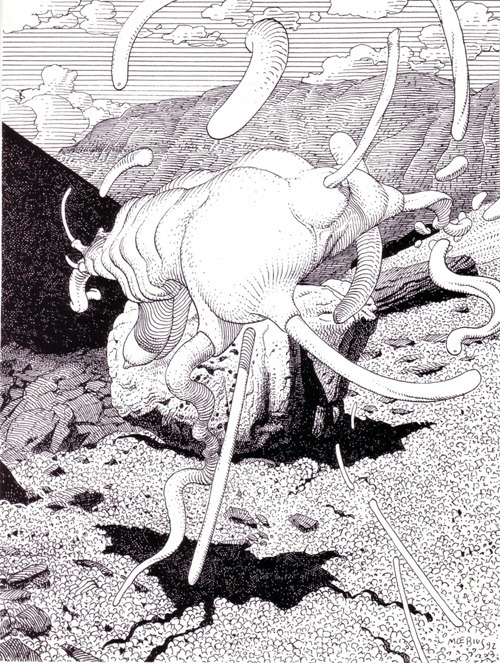
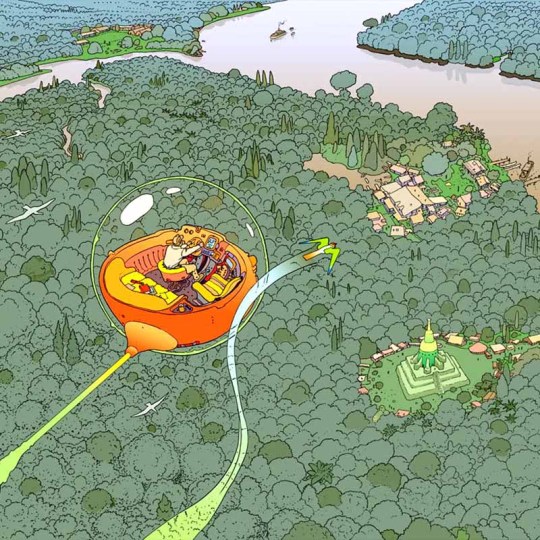
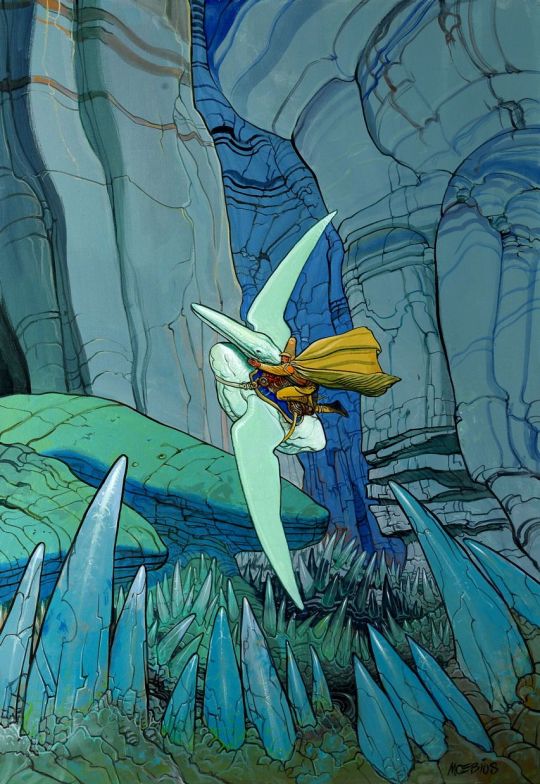
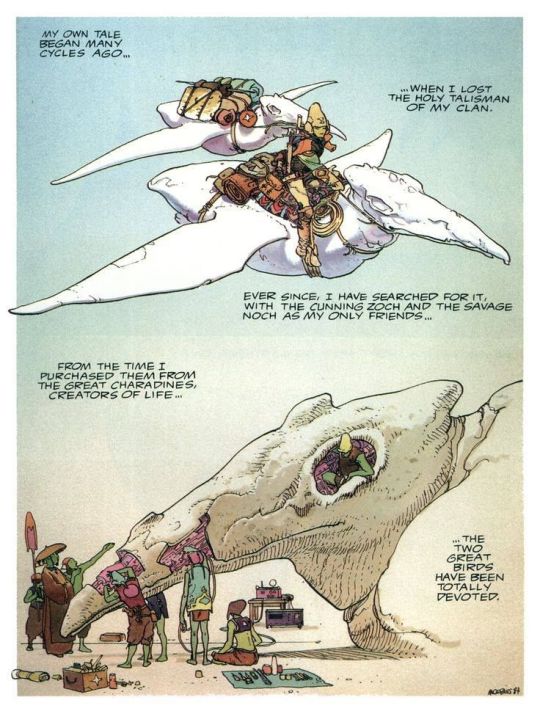

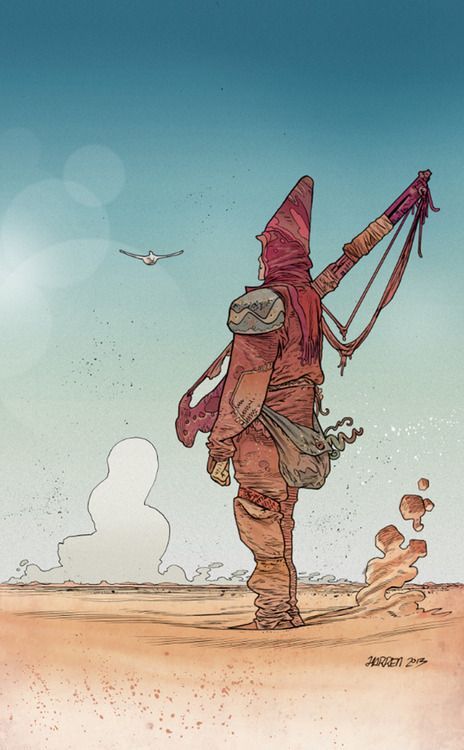
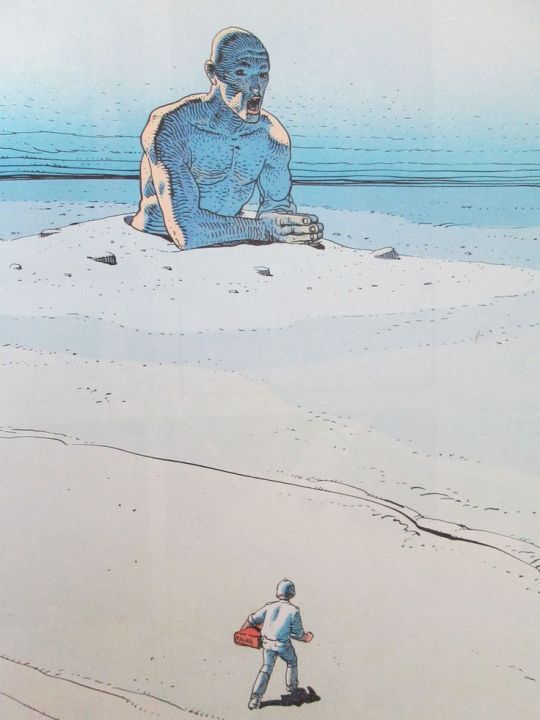
Jean Henri Gaston Giraud (French: [ʒiʁo]; 8 May 1938 – 10 March 2012) was a French artist, cartoonist and writer who worked in the Franco-Belgian bandes dessinées (BD) tradition. Giraud garnered worldwide acclaim predominantly under the pseudonym Mœbius (/ˈmoʊbiəs/;[1] French: [møbjys]) for his fantasy/science-fiction work, and to a slightly lesser extent as Gir (French: [ʒiʁ]), which he used for the Blueberry series and his other Western themed work. Esteemed by Federico Fellini, Stan Lee, and Hayao Miyazaki, among others,[2] he has been described as the most influential bande dessinée artist after Hergé.[3] 大友克洋、宮崎駿、鳥山明、を理解する鍵となるフランスの漫画家メビウス。
13 notes
·
View notes
Photo




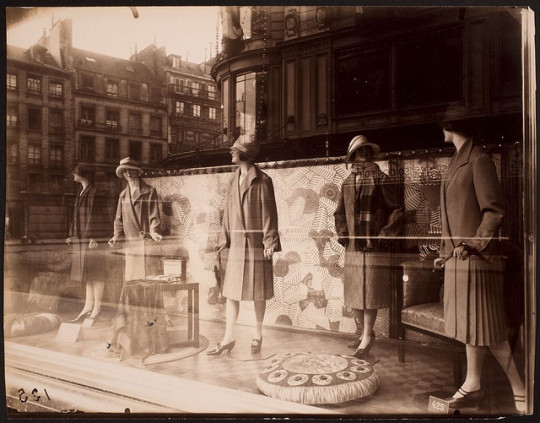
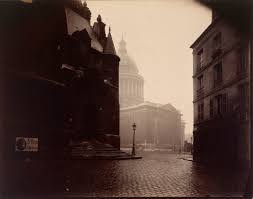


Eugène Atget (French, 1857 - 1927) アジェの撮ったパリの写真。
都市には誰も人間がいない。この時代の写真機は、長時間露光が必要だったために、街には人々が歩いているのだが、写真には映らないのだ。 ロラン・バルトは写真の本質を「かつてーそこにーあった」という実在に見た。たしかに、実在しないものを自由に描ける絵画や文学に対して、写真とは光という実在の化学的変化という即物的なものであり、その意味でバルトの洞察はたしからしい。たしかに写真は「存在」を撮ることはできるが、「不在」を撮ることはできない。 しかし、アジェの写真は明らかに「不在」の撮影が行われている。その街を活気づけていた人々の存在が、これらの写真たちからは(技術的な条件によって)消えている。そして、その消えたことではっきりと不在が撮影されている。(だからこそくっきりとした人間の形象を撮るために、不動のマネキンたちが撮影されている。) あるいは、不在の痕跡と言ってもいい。亡霊のような、たしかにアジェ自身の身体の眼には写ったはずだが、カメラには写っていないその痕跡。ここに、写真家の身体と、写真機という機械との埋めようのない亀裂が現れている。
24 notes
·
View notes
Photo

most detailed image of a human cell to date https://twitter.com/microscopicture/status/1520859755547398149
10 notes
·
View notes
Photo
「すべての幻想と愚劣を浄化するための手術」

Matthaeus Greuter, A surgery where all fantasy and follies are purged, Wellcome Images, ca. 1600
4K notes
·
View notes
Video
youtube
Experimental study of apparent behavior. Fritz Heider & Marianne Simmel. 1944
0 notes
Link
0 notes
Photo

A Deluge (c1517-18), by Leonardo da Vinci. During the last years of his life, Leonardo repeatedly treated the subject of a cataclysmic storm overwhelming a landscape, in both his drawings and his writings. All images ©The Royal Collection Trust/Her Majesty Queen Elizabeth II 2022
5 notes
·
View notes
Photo









Chaos_Dynamics
#complex system#chaos#cellular automata#game of life#fractal#self-organization#cybernetics#art#algorythm#nft#pattern#opensea#logisticmap#feigenbaum
9 notes
·
View notes
Photo

Koen Hauser / The Dance of Venus / Sculpture / 2019
486 notes
·
View notes
Photo








František Kupka was born on September 23, 1871, in Opocno in eastern Bohemia. From 1889 to 1892 he studied at the Prague Art Academy. During this time he painted historical and patriotic themes. In 1892, Kupka enrolled at the Akademie der Bildenden Künste, Vienna, where he concentrated on symbolic and allegorical subjects. He exhibited at the Kunstverein, Vienna, in 1894. His involvement with theosophy and Eastern philosophy dates from this period. By spring 1896 Kupka had settled in Paris; there he attended the Académie Julian briefly and then studied with Jean-Pierre Laurens at the Ecole des Beaux-Arts. フランティセック・クプカ。1871年生まれでピカソと同世代。抽象絵画の先駆と言われるけど、こんな絵を1910~20年代から描いていたのは、現代から見たらむしろサイケデリックの先駆だ。
50 notes
·
View notes
Photo








「青の時代」のピカソの描く人間は、「首をもたげ」、「肩を落として」いる。しかしそれは、明らかに空間的な要請、すなわち構図によって人間の身体が矯正されている。 ピカソが空間を変容させたとき、彼のなかに、人間に対するどれほどの意味の変容があったのだろうか。メルロ・ポンティがひたすらセザンヌを語るのは、世界の布置としての空間そのものに関心があったからだが、変容した空間における人間を描くピカソについてはあまり語らない。 青の時代の人間たちは、肩を落としている。そして、それはいかなる「意味」があるのか。
12 notes
·
View notes
Photo

Two figures, 1904, Pablo Picasso
Medium: oil,canvas
36 notes
·
View notes
Photo
16世紀の女性の身体表象。

Judith
Jan Sanders van Hemessen, c.1540 Oil on Panel
96 notes
·
View notes
Video
tumblr
https://twitter.com/mykurita/status/1220941780067110912 生命は、意識の作用をほとんど使用しなくても、身体の持つ形態を利用して活動ができるという興味深い研究。 A dead fish is propelled upstream when its flexible body resonates with oncoming vortices formed in the wake of a bluff cylinder, despite being well outside the suction region of the cylinder. Within this passive propulsion mode, the body of the fish extracts sufficient energy from the oncoming vortices to develop thrust to overcome its own drag. In a similar turbulent wake and at roughly the same distance behind a bluff cylinder, a passively mounted high-aspect-ratio foil is also shown to propel itself upstream employing a similar flow energy extraction mechanism. In this case, mechanical energy is extracted from the flow at the same time that thrust is produced. These results prove experimentally that, under proper conditions, a body can follow at a distance or even catch up to another upstream body without expending any energy of its own. This observation is also significant in the development of low-drag energy harvesting devices, and in the energetics of fish dwelling in flowing water and swimming behind wake-forming obstacles. https://www.cambridge.org/core/journals/journal-of-fluid-mechanics/article/abs/passive-propulsion-in-vortex-wakes/A431EC18AAEDA78CC6572FB62A249005
6 notes
·
View notes



